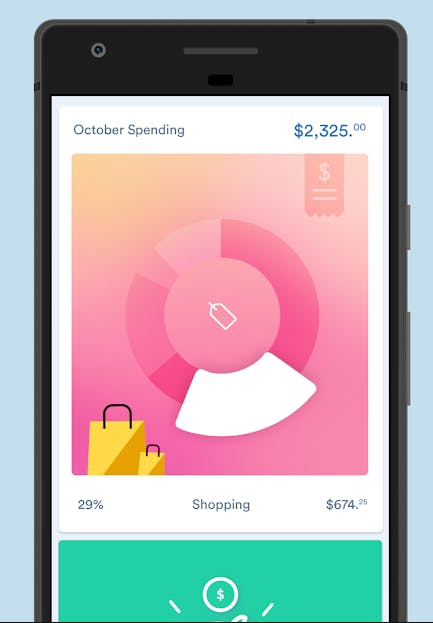Case in point: Goldman Sachs, which just acquired Clarity Money for a sum reported to be in the high eight figures.
Clarity Money is the creator of a personal finance and budgeting app that helps its approximately one million users “take control of” their finances. To do that, it aggregates data from the accounts users give it access to and then analyzes that data “harness[ing] the power of artificial intelligence (AI), machine learning and data science.”
The app allows users to set savings goals, highlights spending habits and overspending, identifies subscriptions that could be canceled, and suggests credit cards that might be a good fit.

According to the Wall Street Journal, Clarity Money’s app “is expected to serve as the smartphone storefront for Goldman’s growing suite of retail products, which the Journal has reported could include wealth-management tools, home mortgages, point-of-sale loans and insurance policies.”
Those retail products, which include high-yield savings accounts and personal loans, are being offered under the Marcus brand, which has acquired some 350,000 customers and originated $2.5bn in loans.
Customer acquisition and tech
Goldman believes that Marcus has the potential to become a far more substantial part of its business. How big? The firm reportedly believes that its personal loan offering has the potential to generate over $1bn in profit over the next three years – an amount equivalent to profits from its trading operations – and is taking a fintech-like approach to gaining traction in the market for point-of-sale consumer financing, a $200bn a year business.
But despite its lofty ambitions and process to date, Marcus’ current numbers, however respectable, are a drop in the bucket for Goldman, which has been using direct mail to woo new customers, and that’s where the Clarity Money acquisition comes in.
Clarity Money’s million users are all potential customers for Marcus, and if the financial giant is able to convert a good percentage of them, the acquisition could pay for itself quite quickly.
But the acquisition isn’t just about customer acquisition. As the Wall Street Journal notes, Marcus somewhat remarkably doesn’t yet have any mobile apps. So if Goldman does indeed use Clarity Money as the “smartphone storefront” for Marcus, the acquisition will be a critical component of the Marcus business going forward, and one on which the Goldman’s consumer venture’s success or failure might rest.
A digital transformation study to watch
For that reason alone, Goldman’s acquisition of Clarity Money could be one of the most important of 2018 to watch. Indeed, as the Wall Street Journal points out, other financial firms have purchased personal finance apps only to later shutter them. For example, Capital One purchased Level Money in 2015 only to kill it off 18 months later, and Prosper ditched Billguard, which it purchased for $30m, after two years.
If Clarity Money is to avoid that same fate, Goldman will have to navigate potential conflicts between its interest in growing Marcus and maintaining the neutral experience that Clarity Money’s users signed up for. Specifically, Goldman could find it tricky to offer a Marcus-branded credit card, which it is reportedly considering, while maintaining the feature in Clarity Money that recommends credit cards based on users’ finances and spending habits.
How Goldman addresses this might provide a blueprint for other large banks as their relationships with fintechs are expected to become a lot more cozy.

Comments